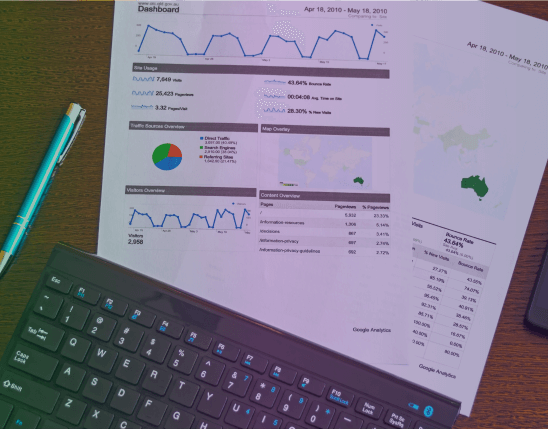
Presentation Matters; Effective Table Formatting Tips
November 2, 2018
Visually Brief your Audience with Graphical Abstracts
November 2, 2018Artworks that work for your Manuscripts
Research scholars and scientists conduct extensive research the findings of which they are keen to publish in various leading journals. The academic domain depends mainly on manuscripts that have been published with leading journals as a key source for research based information. But publishing a manuscript with a reputed journal has many requisites and researchers have to take care of several aspects. One of the key features that are common to all manuscripts happens to be artworks of superior quality. The objective of including artworks within manuscripts is to augment the written information with visual information which can be easily comprehended. Generally artworks can be a combination of tables, photo images, line graphs, GIS-maps and conceptual illustrations. Nonetheless, certain academic domains emphasize that researchers use a particular type of artwork as compared to other forms. For instance; cell biologists or genetics biologists depend on color pictures and figures while, ecologists depend mostly on maps, line graphs and tables too.
You can enhance your artwork within your manuscripts by following these guidelines:-
Consider Journal Requirements
While creating the artwork for your manuscript, you must ensure that each journal is distinct and their requirements vary too. The variations can be observed if you go through the artwork guidelines of diverse journals. The variations might be subtle and would be evident in their preference for colors, weight of the line, file size, the format; in case pictures are included (TIFF, JPG, PDF). Akin to how journals have preset style guides for authors that indicate how their manuscript should be written, there are specific guidelines for artwork too. You would benefit if you peruse the artwork guidelines.
During the early phase of your research, it is not essential to focus on the journal requirements for artwork. This aspect should be taken into consideration when your paper has been completed and you are looking to enhance your findings through artwork. There are several key factors that should be considered while preparing your artwork which includes; line thickness, file size and resolution.
Do’s and Don’ts
Manuscripts written by several researchers have often been rejected due to manuscript not following artwork guidelines as laid down by their target journal. We have outlined some simple things that you need to keep in mind when you are submitting a manuscript with artworks included, for publishing.
- Do not include any artwork that has been directly downloaded from online sources. This is mainly to avoid plagiarism and also the fact that pictures from online sources do not match pixel size as specified by the journal.
- Do not submit artwork separately in a Powerpoint file or use PSD, PNG, GIF or BMP formats.
- Do not include an artwork that has been saved after editing as some data is usually discarded while compressing the image.
- Do not use any line art that has a thickness which is less than 0.25 points.
- Do not use any artwork that is created using MS-Excel. Though it is highly beneficial in preliminary graphing and data exploration, a large number of leading and prominent journals do not prefer artwork created in Excel or any other MS-Office suite programs. You should avoid it at all times unless your target journal is open to the idea.
- Ensure that your artwork utilizes a clear and consistent font and appropriate labeling is provided for all artworks.
- Ensure that any text within the artwork is editable.
- Ensure that the resolution of your artwork matches the specifications as outlined by your target journal.
- Ensure that when you submit artwork files separately, they are appropriately labeled.
These are some of the do’s and don’ts that you need to keep in mind when submitting manuscripts that have artworks associated with it. In the next article we will be focusing on how to create riveting artworks using appropriate software tools. So, keep visiting our website for more information on artwork for manuscripts.

